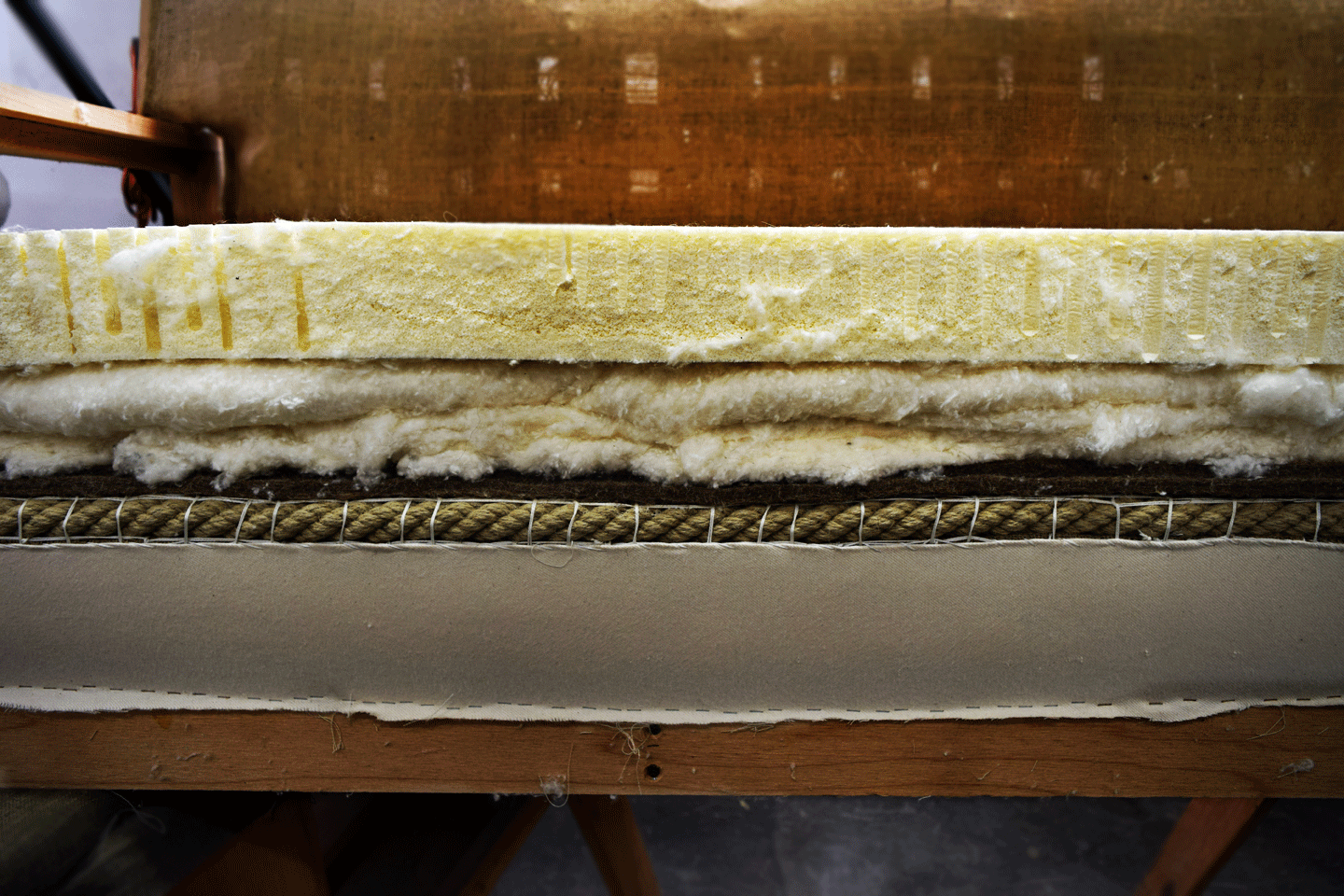The use of flame retardant chemicals in furniture is a classic example of a stupid use of a chemical: they are ineffective in preventing furniture fires and are linked to serious health effects. In fact, the chemicals can make fires more toxic by forming deadly gases and soot -- real killers in most fires. Unfortunately, flame retardants surround us; they are in everything, from our curtains and carpet to our couches and other upholstered furniture.
For decades, an ineffective flammability standard, California's TB 117, has resulted in the foam inside our sofas, recliners, and love seats being saturated with pounds of toxic flame retardants. Though California has been the only state that required furniture to meet the standard, TB 117 became a default standard for furniture sold across the country. A recent study found that most couches in the United States contain at least one flame retardant chemical, whether or not they carry a TB 117 label.
Read more




